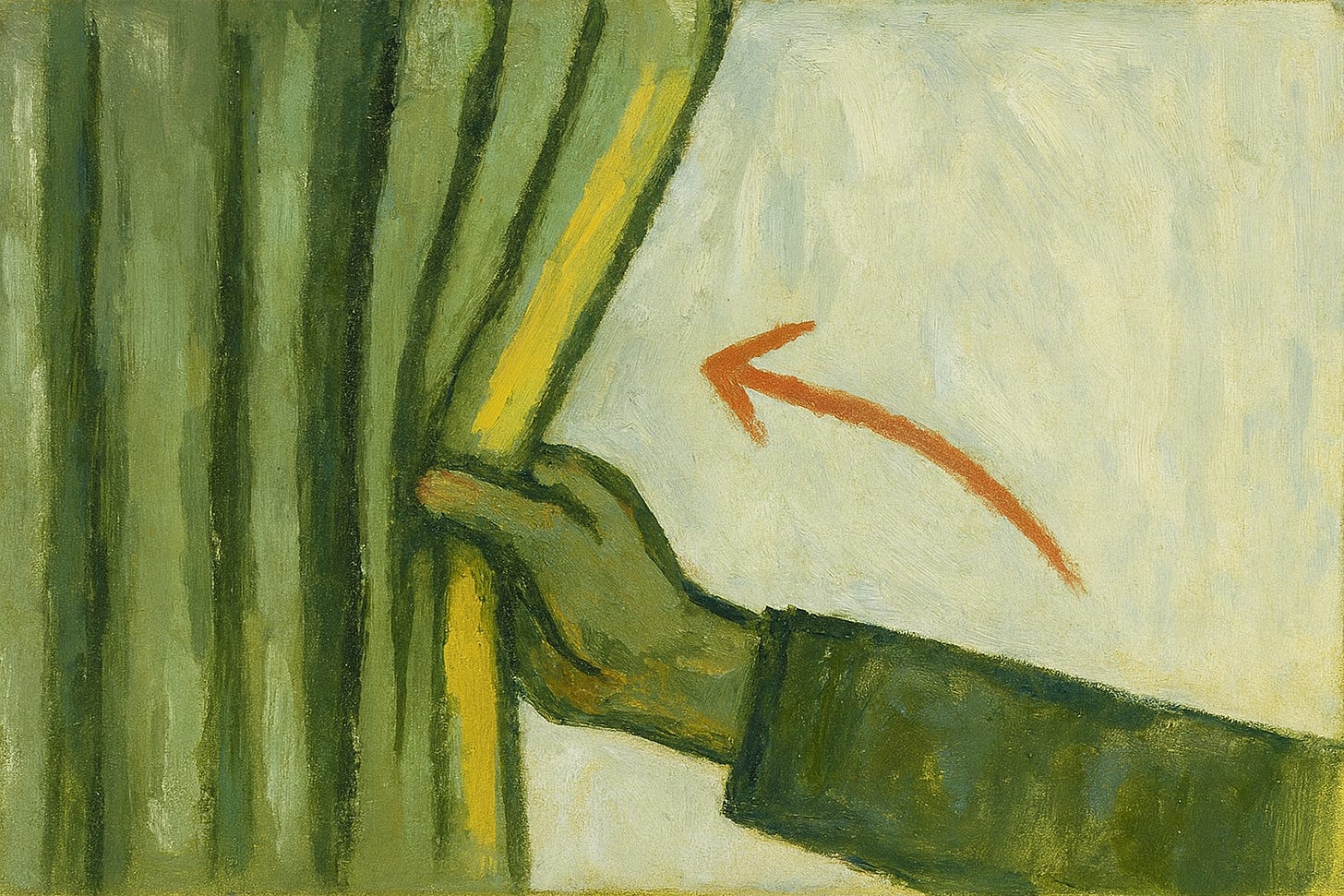Lately I’ve been paying attention to how much connection is created in those moments when we pull back the curtain.
In leadership and team conversations, we often script our words carefully—especially when feedback or tension is involved. That structure is important; it helps us be clear, fair, and intentional. But there’s another side to the equation: the honesty that comes from naming what we’re feeling in real time. Marrying scripting with authenticity is what invites connection and builds trust.
Let me explain.
Trust’s strongest ingredient
One of my favorite frameworks to teach is the Trust Equation. It breaks trustworthiness into four factors—credibility, reliability, self-orientation, and intimacy.
When people are surveyed about what actually predicts the strength of trust in a relationship, intimacy comes out on top.
And intimacy isn’t about oversharing—it’s about being willing to show up as human. Sharing our ambitions, our hopes, our hesitations. Letting others see what’s behind the curtain.
That willingness is what makes even structured conversations—like feedback, requests, or negotiations—feel real, not robotic.
Structure matters—and so does honesty
I am a huge proponent of scripting feedback. Preparation allows us to be precise and thoughtful, and it ensures that the person across from us has the best chance of really hearing what we mean.
And trust grows when we also let people into the moment—naming what we’re feeling, what’s hard about the conversation, or why we’ve hesitated. The point isn’t to abandon structure; it’s to layer authenticity on top of it.
What it looks like in action
When giving feedback. Instead of hiding your nerves, try: “I’m a little nervous about bringing this up, but I know it’s important.” You’ve set context and lowered defenses before the conversation even begins.
When making a request. If you’ve been holding back from approaching someone senior, be transparent: “I’ve hesitated to raise this because I know your time is valuable, but this conversation would help me move forward.” You give them both clarity and agency.
When caught off guard. If someone gives you feedback when you were prepared to give your own, it’s okay to pause and say: “Thanks for sharing that. I’m a little off balance because I had also come prepared with something important. Can I share it with you?” That keeps the exchange collaborative, not reactive.
Each of these are examples our Cohd participants have experienced— and I’m sure many more reading this can relate to.
Hopefully they give you a taste of what it can sound like to blend the structure of preparation with the honesty of naming what’s true in the moment.
Why it matters
We sometimes think professionalism means having everything figured out before we open our mouths. But in reality, the connective tissue of trust is built when we let others into our thought process. When we show the mix of preparation and humanity that makes us real.
Pulling back the curtain doesn’t mean being unfiltered. It means allowing a little bit of ourselves into the conversation alongside the script. And that combination (structure + authenticity) is what transforms dialogue into relationship.
Closing thought
The next time you’re about to give feedback, make a request, or share a perspective, pause and ask: What’s behind the curtain?
Chances are, bringing it forward might be the very thing that deepens trust.
Our In Practice section is where we share ideas and takeaways from the team practices Cohd runs every week with leaders and team members across industries. If you want to learn from those sessions, explore our latest In Practice posts:
Want more behind-the-scenes from our founder? Check out the lastest from our ––HH section:
📬 Home of Elevaters publishes every Tuesday and Friday. Friday notes arrive directly in your inbox, while Tuesday posts live online.
👉 Stay connected with Haley on Instagram and LinkedIn, and follow Cohd on Instagram and LinkedIn for more behind-the-scenes, stories, tools, and reflections on Elevaters, teams, and trust in action.




